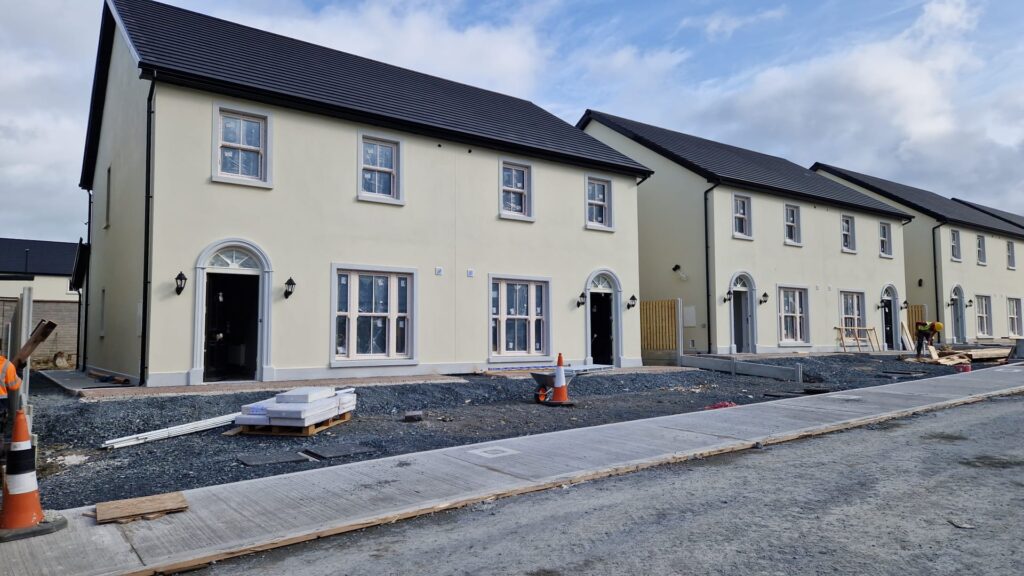Understanding Ireland’s Rising Construction Costs

A Closer Look at Planning and Regulation
The health of a nation’s housing system is inextricably linked to the cost of building new homes, and Ireland’s system, unfortunately, is feeling the strain. As Sean Keyes notes in his recent article on The Currency, Irish housing is in crisis, leading to increased rents, homelessness, and families cramped into unsuitable spaces. The root cause? Not enough homes. This is an observation shared by the team here at Lotus Investment Group and by many of our clients nationwide and the homebuilders we speak to every day.
In 2021, the average cost of building an apartment in Ireland was approximately €411,000, according to the SCSI. This price tag restricts new constructions to high-demand areas in Central Dublin. Worryingly, our secondary cities, including Cork, have not seen new apartment construction at scale since the mid-2000s. According to Keyes, if costs could be reduced to around €250,000, it could stimulate housing growth across the country, alleviating much of the current crisis. He asks the question about how construction in Ireland has become so expensive. Factors like increasing costs of materials, labour, and other preliminary expenses come to mind. However, these are trends seen globally. So, what sets Ireland apart? The above article quotes research from Turner & Townsend, which annually surveys construction firms to gain a broad understanding of construction costs worldwide. In their 2023 survey, they placed a spotlight on Dublin, comparing its costs per square metre with those in Munich, Amsterdam, and Paris. Their findings? Building in Dublin is significantly more expensive across 10 of the 14 categories they examined, with high-rise apartments and townhouses being particularly costly.
Interestingly, despite Dublin’s higher construction costs, other data from T&T surprisingly shows that hard construction costs, like steel, glass, and concrete, are relatively cheaper in Dublin than in other parts of Europe. Additionally, labour costs are about 27% lower in Ireland, and profit margins in Dublin are considerably lower than in other cities. So, where does the discrepancy lie?
Keyes suggests that the answer may lie in Ireland’s unique building regulation and planning rules. For instance, in the mid-2000s, the introduction of new regulations that increased the minimum size and quality of apartments corresponded with a dramatic surge in building costs. Also, while cities like Paris, Munich, and Amsterdam have a more standardised planning system, Ireland’s is case-specific and discretionary, which could lead to unpredictability and increased costs.
Keyes argues that – while the exact cause of Ireland’s inflated construction costs remains elusive – the T&T data helps us rule out some usual suspects.
It is well worth reading the article by Sean Keyes in full on The Currency .
Ian Lawlor
086 3625482
Managing Director
Lotus Investment Group
